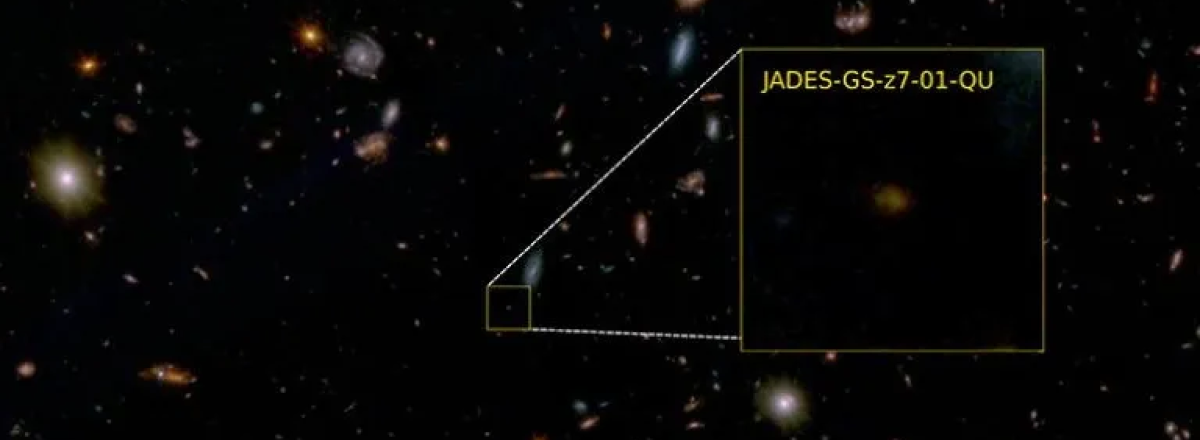Discovery of the Universe's Oldest 'Dead' Galaxy Challenges Cosmic Models
The galaxy, dubbed JADES-GS-z7-01-QU, halted its star formation processes over 13 billion years ago, presenting a cosmic enigma as it existed merely 700 million years after the universe's inception.

Astronomers have used the James Webb Space Telescope (JWST) to identify the oldest known 'dead' galaxy, a find that could significantly alter our understanding of the early cosmos. The galaxy, dubbed JADES-GS-z7-01-QU, halted its star formation processes over 13 billion years ago, presenting a cosmic enigma as it existed merely 700 million years after the universe's inception.
Characterized by its cessation of star formation, this 'dead' galaxy poses questions against the backdrop of an era rich in gas and dust, elements crucial for birthing new stars. The early universe was akin to an "all-you-can-eat buffet" for galaxy formation, making the abrupt quiescence of JADES-GS-z7-01-QU all the more perplexing.
Research indicates that JADES-GS-z7-01-QU underwent a swift period of star formation that prematurely ended, leading to its current dormant state. This phenomenon contradicts existing models which did not predict such early cessation of star formation activities in the universe's timeline.
The galaxy's discovery and study, published in the journal Nature, highlights the necessity of revising contemporary models to accommodate the early and rapid transition of galaxies from active to dormant phases.

